Recently the Supreme Court in Biden vs. Texas, ordered an end to a debatable Trump-era “Remain in Mexico ” policy commonly called the immigration protocol, thus favoring the Biden administration’s proposal. Chief Justice John Roberts conveyed the conclusion, a 5-4 judgment, joined by Justice Brett Kavanaugh, and the court’s three liberals, Justices Stephen Breyer, Sonia Sotomayor, and Elena Kagan. Justices Clarence Thomas, Samuel Alito, Neil Gorsuch, and Amy Coney Barrett opposed.
What is the Remain in Mexico policy? Explained
The Remain in Mexico policy, also called Migrant Protection Protocols, was formulated by President Donald Trump in 2018. According to the policy, non-US citizens looking to penetrate the country through the southern border would have to stay in Mexico, instead of the United States, until their immigration proceedings are completed. Opponents say the program is inhuman to migrants and puts them in difficult situations.
The Supreme Court evaluated whether Biden should authorize the Trump-era immigration policy or if his government’s Department of Homeland Security can lawfully end it. When Biden entered his office in 2021, he terminated the policy but soon confronted pushback from state lawmakers in Texas and Missouri. They asserted that repealing the law would infringe the federal immigration statute. Finally, Lower federal courts sanctioned the Biden government for putting back the policy.
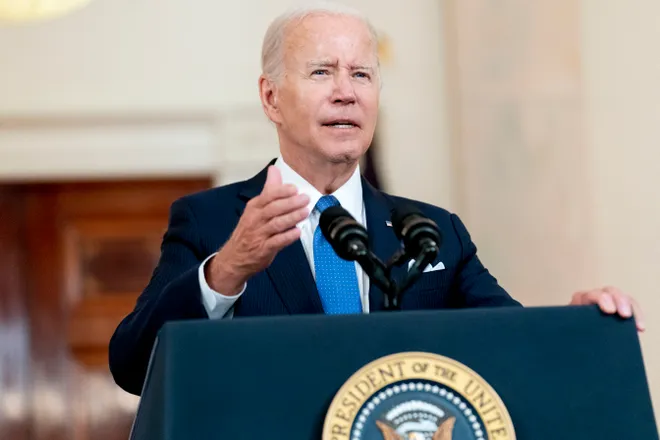
The Supreme Court in the recent judgment ruled that the Biden administration did not violate federal statute when it attempted to cease the program. During the Trump administration, around 70,000 people were sent back to Mexico under MPP( Migrant Protection Protocol). Many reports asserted poor living conditions at the encampments, even cases of sexual assault and kidnapping.
What is the Remain in Mexico Policy?
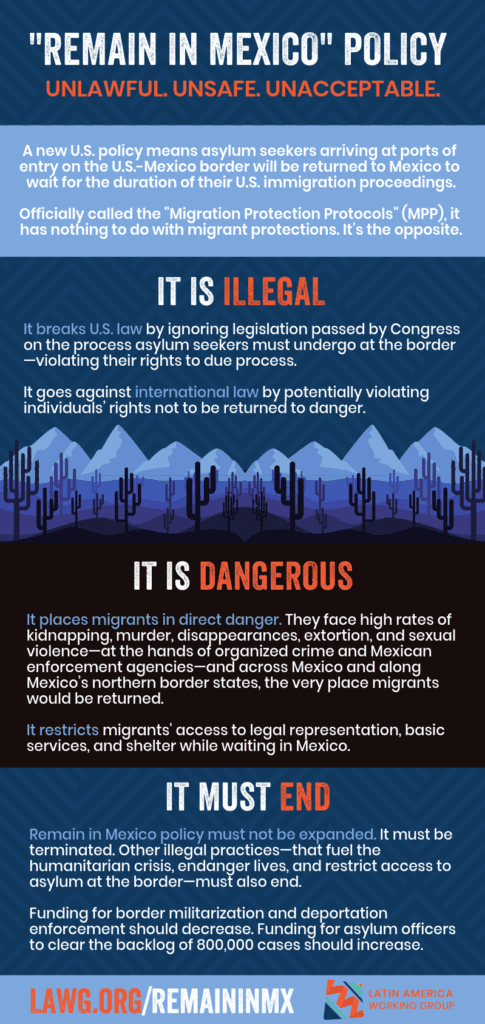
Remain in Mexico officially known as Migrant Protection Protocols was a United States immigration policy initially enforced in January 2019 by President Donald Trump, influencing immigration across the border in Mexico. It is regulated by the Department of Homeland Security, which requires migrants seeking protection to stay in Mexico until their US immigration court interval.
Also Read: Remain in Mexico Policy – Definition, Wiki, Statistics, and Latest News
When did the policy start?
In June 2018, the Department of Justice executed a policy to renounce that lack of protection from gender-based violence was legal grounds for alleging asylum, reversing a former 2016 Board of Immigration Appeals. In his viewpoint, Attorney General Jeff Sessions composed, “Generally, claims by aliens about domestic unrest or mob violence committed by non-governmental actors will not be entitled to asylum.” In December 2018, Federal Judge Emmet Sullivan invalidated the restriction on asylum as incompatible with the Immigration and Nationality Act. Human Rights Watch recounted that the policy “is expelling asylum petitioners to ill-prepared, hazardous Mexican boundary cities where they face huge obstacles to obtaining due procedure on their asylum claims.” The policy is under examination by the Ninth Circuit Court of Appeals, although the court has allowed it to continue during the analysis.
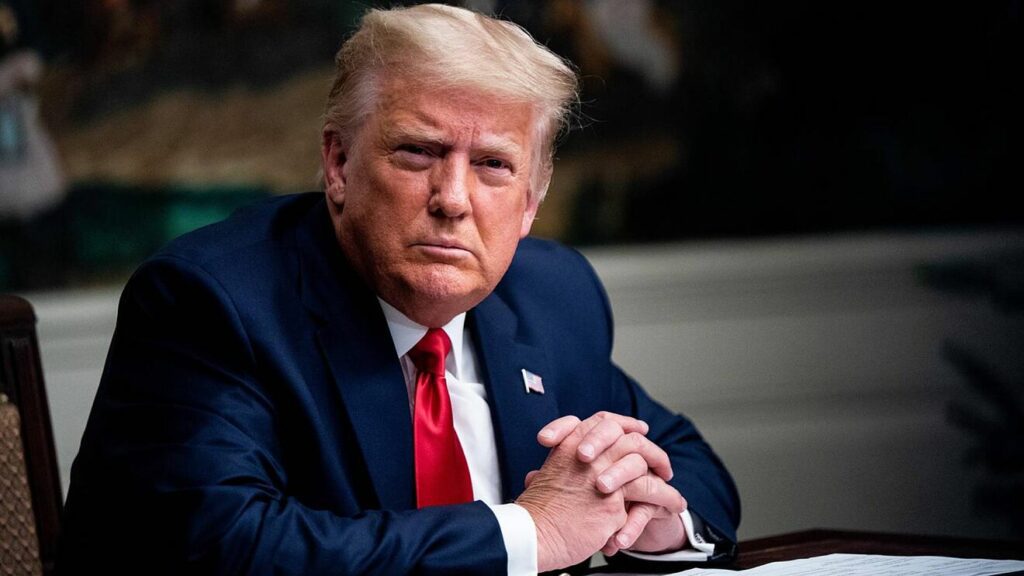
On November 9, 2018, President Donald Trump administered a statement canceling the right of asylum to any refugee crossing the US–Mexico border outside of a legal port of entry. United States District Judge Jon S. Tigar granted a November 19 order against executing the policy, which was approved by the US Supreme Court on December 21, 2018. In a different case, Judge Randolph Moss of the DC District Court decreed in August 2019 to evacuate the Interim Final Rule ascertaining the asylum ban for infringing the Immigration and Nationality Act gives that an emigrant may apply for asylum “whether or not at a designated port of arrival”, as before asserted by the Supreme Court.
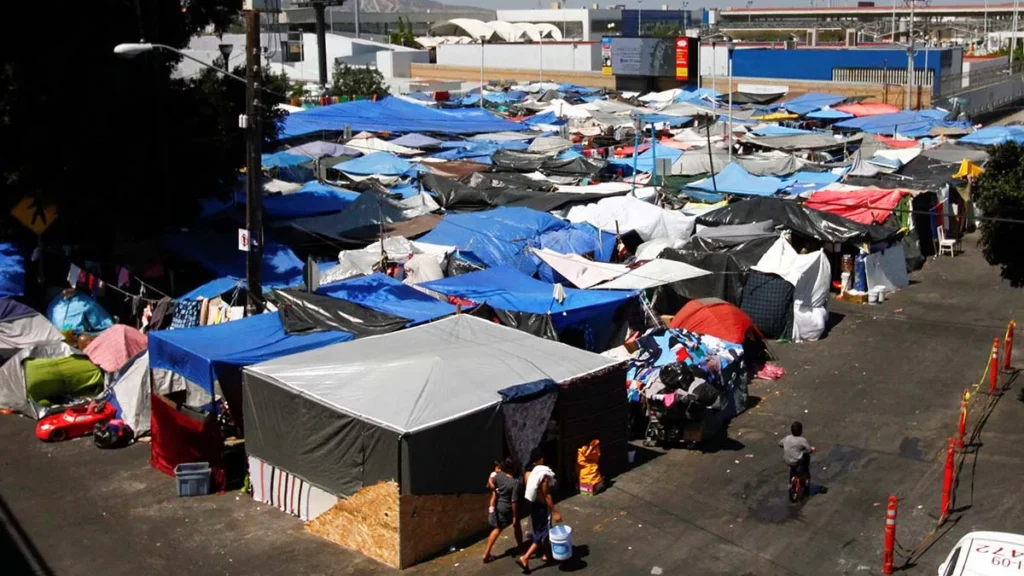
On December 20, 2018, the Department of Homeland Security declared the Migrant Protection Protocols, recognized as the “Remain in Mexico” strategy, a policy enabling the administration to release migrants with security claims to Mexico to wait for their protection hearings in the United States. It enforced the program with a strategy message published on January 25, 2019. The strategy was first introduced at the San Ysidro, CA port of entry bordering Tijuana, Baja California. Thereafter it was carried out in Calexico-Mexicali, Laredo-Nuevo Laredo, Eagle Pass-Piedras Negras, and Nogales-Nogales.
As per DHS, “Aliens whose statements are found excellent by an immigration judge will be allowed to stay in the U.S. while those assumed to be without legal statements will be removed from the U.S. to their country of citizenship or nationality.” By June 2019, approximately 12,000 migrants had been returned to Mexico under the policy. By September 2019, 47,000 people had been returned and 57,000 by December 2019. Human Rights First found that over 636 of those returned suffered violent crimes in Mexico, including rape, kidnapping, assault, and nuisances. As of September 2019, less than 10000 migrants in the program had their cases investigated, 11 had been granted protection, 5,085 cases were rejected and 4,471 cases were ignored without being analyzed, frequently on procedural grounds. The protection access rate for the program was 0.1%, which was lower than the 20% among other arriving immigrants.
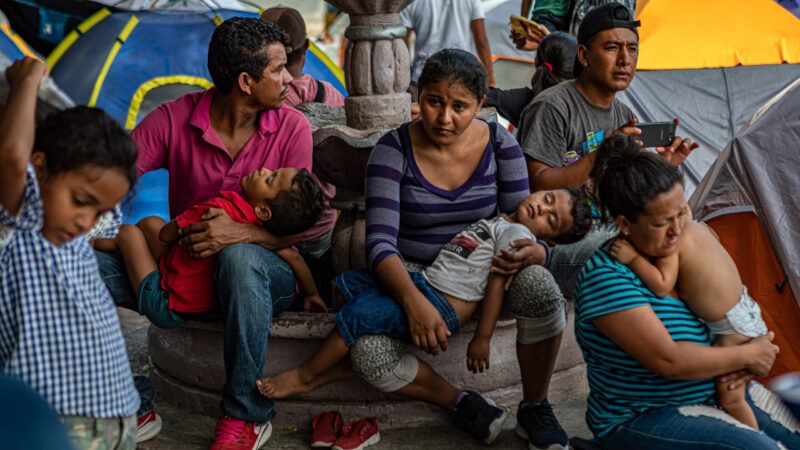
On July 15, 2019, the Department of Homeland Security along with the Department of Justice notified an Interim Final Rule that would order foreigners across the US–Mexico border was ineligible for refuge if they had not earlier applied for security in countries they had drifted from, efficiently blocking safety claims on the border from citizens of Central America and Cuba. The American Civil Liberties Union (ACLU) pledged to shortly challenge the rule in court. On July 24, 2019, Judge Timothy Kelly of the DC District Court approved the new rule, but Judge Jon Tigar of the Northern California District Court on that same day granted a preliminary ultimatum against the rule, curtailing its enactment until the legal matters could be settled. In September 2019, the Supreme Court enabled the rule to take effect while legal challenges were pending.

On March 4, 2020, the United States Court of Appeals for the Ninth Circuit ordered the “Remain in Mexico” program curtailed in the states under its jurisdiction, on the assumption that it disobeys statutory law. On March 11, 2020, the US Supreme Court said that the Trump government could proceed with the program while the trial continues.
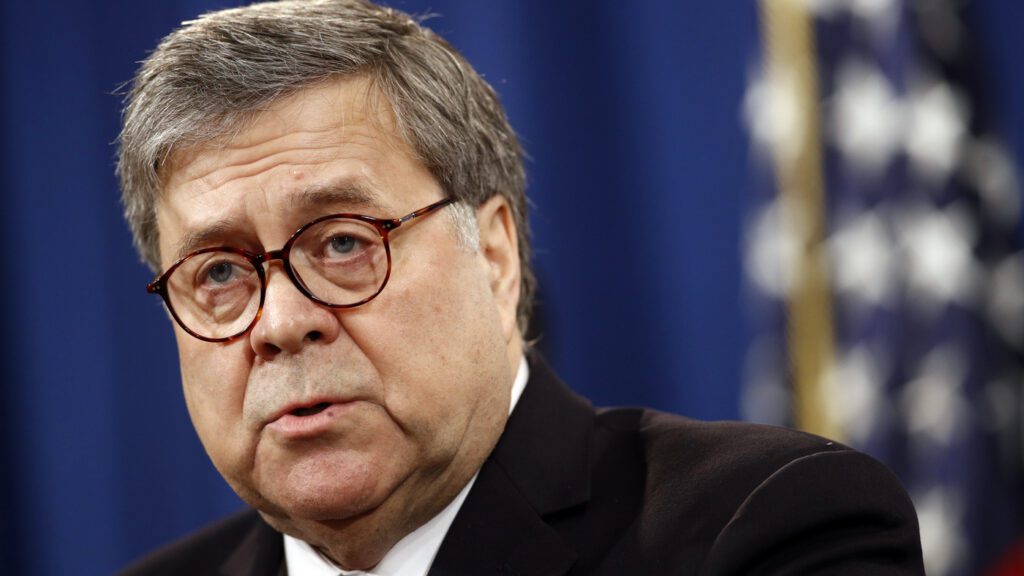
On April 16, 2019, Attorney General Barr endorsed a new policy to withhold bail to asylum seekers to cease the “catch and release” policy. On July 2, 2019, the Western District Court of Washington issued a class-wide decree to impose bond hearings for non-citizens who have shown a possible fear of persecution in their home country and are presently held separate from their families. On March 27, 2020, the Ninth Circuit Court of Appeals approved the ruling, saying that though Congress has banned lower courts from issuing orders regulating the system of immigration reduction proceedings “other than with respect … to an individual alien”, the individual alien just means it cannot be an organization, and the class is filled with individual aliens.
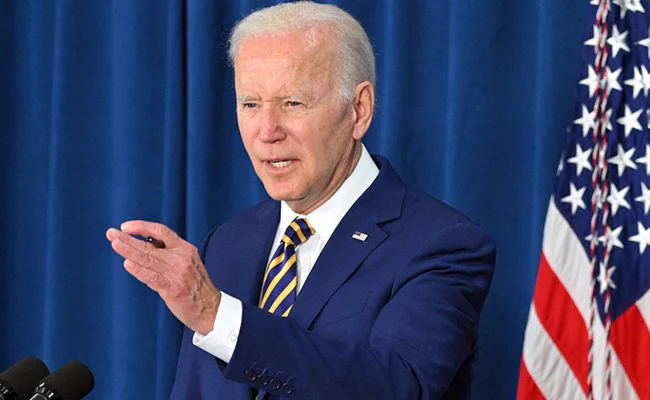
In February 2021, President Joe Biden’s government terminated the “Remain in Mexico” policy,proceeding with the entrance of new asylum seekers and the approximately 25,000 with pending trials to the United States, and asking the Supreme Court to dismiss the petition as disputed. On August 14, 2021, in Texas, a federal judge ordered a resumption of Trump’s border policy that instructed migrants to remain in Mexico until their US immigration court date. The court legislated the reversal may have infringed the Administrative Procedure Act which prevents difficult regulations because it did not consider several validities. A stay to obstruct the reinforcement of the “Remain in Mexico” policy was withheld by both the Fifth Circuit Court of Appeals and the U.S. Supreme Court. As a result of the Supreme Court verdict, the U.S. government is now obliged to re-enforce the policy. In December, the administration disclosed they had approved requirements by Mexico for the resumption of returns, including COVID-19 vaccination, completion of cases within 180 days, and inquiries into fears of a return to Mexico.
After fulfillment of negotiations with the government of Mexico, the Biden government proclaimed the resumption of the practice on December 2, 2021, with some changes. On June 30, 2022, the Supreme Court of the United States judged in Biden v. Texas, that the Biden leadership had the power to discontinue the policy.
Table of Contents





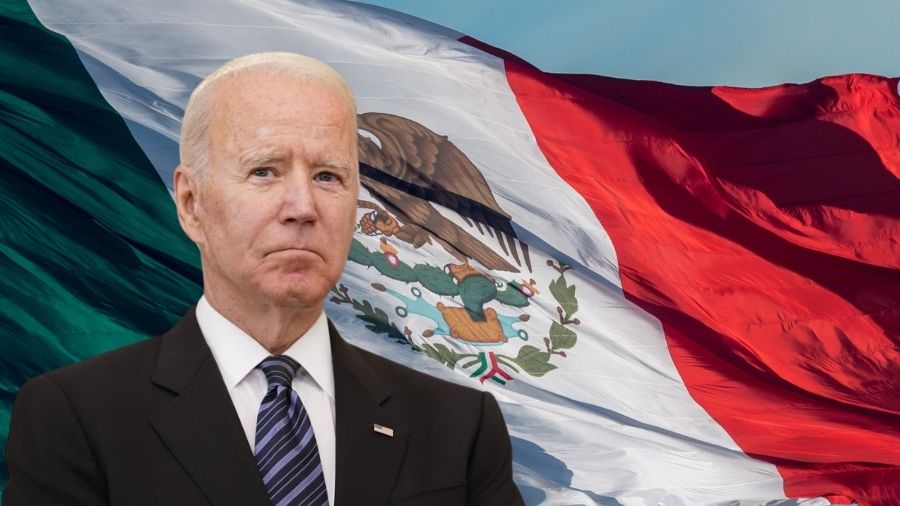

Add Comment